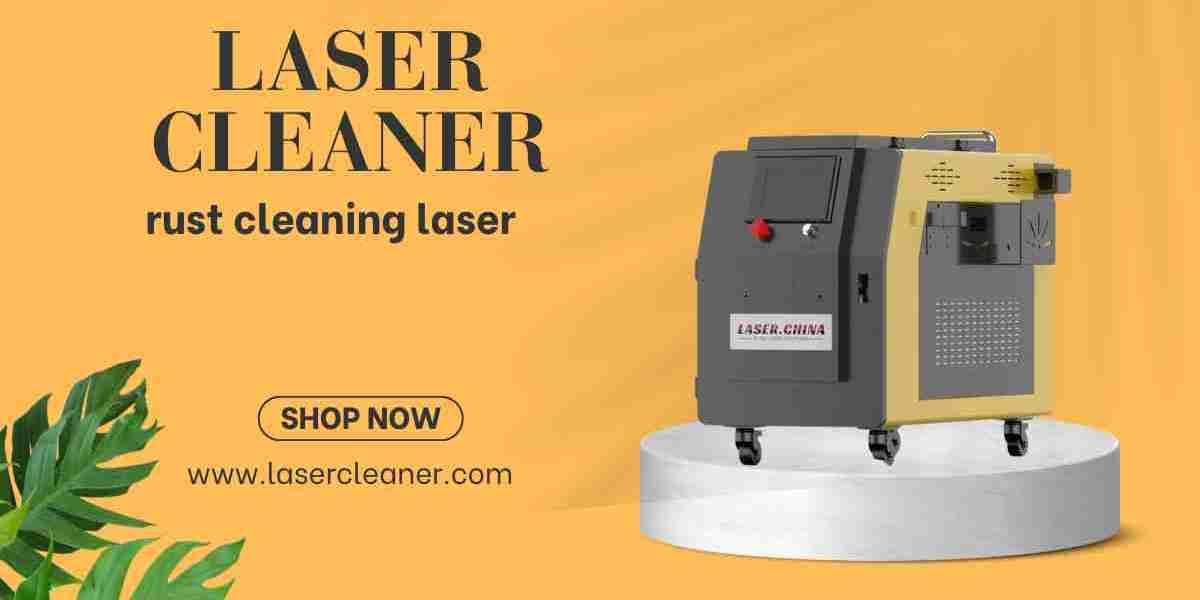Birthmarks, those distinctive skin markings present at birth or shortly after, are a common occurrence. While some are considered endearing and contribute to a person's unique character, others, particularly those that are large, prominently located, or affect self-esteem, can be a source of concern. If you're in Riyadh and considering Birthmark Removal in Riyadh, this comprehensive guide will provide you with the information you need to navigate your options and make informed decisions.
Understanding the Diverse World of Birthmarks:
Before exploring removal methods, it's crucial to understand the various types of birthmarks. They are broadly classified into two main categories:
Vascular Birthmarks: These arise from abnormal blood vessels beneath the skin's surface. Common examples include:
- Hemangiomas (Strawberry Marks): Often appearing as bright red or purple patches, these can grow rapidly in the first few months of life, then typically shrink and fade over time, often without intervention. They are the most common type of birthmark in infants. Many hemangiomas don't require treatment.
- Port-Wine Stains: These are flat, pink, red, or purple birthmarks that generally do not disappear spontaneously. They may darken with age and can sometimes develop a raised or bumpy texture. They are caused by a malformation of tiny blood vessels and are present at birth. They tend to be permanent without treatment.
- Salmon Patches (Stork Bites/Angel Kisses): These flat, pink or light red marks are frequently found on the forehead, neck, or eyelids. They usually fade within the first few years of life as the blood vessels mature. They are generally considered harmless.
Pigmented Birthmarks: These result from an excess of pigment cells in the skin. Examples include:
- Café-au-Lait Spots: These are light brown, oval-shaped spots that can appear anywhere on the body. While a single spot is usually harmless, multiple spots may indicate a genetic condition like neurofibromatosis. It's important to consult a doctor if you have multiple café-au-lait spots.
- Mongolian Spots: These are flat, bluish-gray marks commonly found on the back or buttocks. They are prevalent in people of Asian descent and typically fade on their own by the time a child reaches school age. They are often mistaken for bruises.
- Congenital Nevi (Moles): These are pigmented spots that can vary significantly in size, shape, and color. Larger moles, especially those that are irregular or changing, may carry a slightly increased risk of developing melanoma. They are present at birth or appear shortly after. Regular monitoring by a dermatologist is recommended for larger congenital nevi.
Why Consider Birthmark Removal?
The decision to remove a birthmark is deeply personal. Some individuals opt for removal for cosmetic reasons, especially if the birthmark is prominent and impacts their confidence or self-image. Others may seek treatment for medical reasons, such as when a birthmark is causing pain, interfering with vision, or posing other health risks. It's crucial to consult with a qualified medical professional to weigh the potential benefits and risks and determine the best course of action. This is especially important for larger congenital nevi or hemangiomas that are impacting vital functions. Sometimes, no treatment is the best option.
Birthmark Removal Options Available in Riyadh:
Riyadh has a growing number of dermatologists and cosmetic clinics equipped with advanced birthmark removal technologies. The most appropriate option for you will depend on the type of birthmark, its size and location, your skin type, and your overall health. Common treatment modalities include:
Laser Therapy: This is the most common and often most effective method for many types of birthmarks, particularly vascular birthmarks and some pigmented lesions. Different types of lasers are used depending on the specific birthmark. For example, pulsed dye lasers are frequently used for port-wine stains, while Nd:YAG lasers can be effective for deeper lesions. Laser therapy works by targeting the pigment or blood vessels in the birthmark, breaking them down, and allowing the body to reabsorb them. Multiple sessions are usually required for optimal results. It is generally considered safe and effective for many birthmark types.
Surgical Excision: This involves surgically removing the birthmark. It's typically used for smaller, well-defined birthmarks, especially moles or certain types of hemangiomas. While effective, surgical excision can leave a scar, so it's essential to discuss the potential for scarring with your doctor. This is often the preferred method for congenital nevi, especially if they are large or changing.
Cryotherapy (Freezing): This method utilizes liquid nitrogen to freeze and destroy the targeted tissue. It can be used for some smaller, superficial birthmarks, but it may not be suitable for all types and can sometimes cause skin discoloration or textural changes. It is less precise than laser therapy and is generally used for smaller, less complex lesions.
Corticosteroids: In specific cases, particularly for rapidly growing hemangiomas that are causing complications, corticosteroid medications may be used to help reduce their size. This can be administered through injections or orally. This is usually a treatment for hemangiomas that are interfering with vital functions, such as vision or breathing.
Pulse Light Therapy (IPL): While similar to laser therapy, IPL uses a broader spectrum of light rather than a single wavelength. It can be effective for some superficial vascular birthmarks, but it may not be as precise as laser treatment and may not be suitable for all skin types, especially darker skin tones, due to the risk of hyperpigmentation.
Finding a Qualified Specialist in Riyadh:
Choosing the right specialist is paramount for safe and effective birthmark removal. Look for a dermatologist or cosmetic surgeon in Riyadh who has extensive experience in treating birthmarks and is board-certified. During your consultation, be sure to:
- Clearly articulate your concerns and goals: Explain your expectations and what you hope to achieve with treatment.
- Inquire about their experience: Ask about their specific experience with your type of birthmark and the number of procedures they have performed. Don't hesitate to ask about their complication rates and see before-and-after photos.
- Discuss the risks and benefits: Understand the potential side effects and complications associated with each treatment option. Be sure to ask about pain management during and after the procedure.
- Obtain a personalized treatment plan: Your specialist should tailor a treatment plan specifically to your individual needs and the characteristics of your birthmark.
- Clarify the cost: Birthmark removal procedures can vary in cost depending on the type of birthmark, the chosen treatment method, and the clinic. Inquire about payment plans or financing options if needed.
Aftercare and Recovery:
Following your treatment, your specialist will provide you with detailed aftercare instructions. These may include protecting the treated area from sun exposure, applying topical creams or ointments, and scheduling follow-up appointments. The recovery time will vary depending on the type of treatment and individual factors. Proper sun protection is vital after most birthmark removal procedures to prevent hyperpigmentation or other complications.
Conclusion:
If you are considering birthmark removal in Riyadh, consulting with a qualified and experienced dermatologist or cosmetic surgeon is the first and most crucial step. They can accurately assess your specific situation, recommend the most appropriate treatment option, and guide you through the entire process. With the advancements in medical technology and the expertise available in Riyadh, achieving your desired results and fading those marks is often possible. Remember, a thorough consultation, realistic expectations, and open communication with your specialist are key to a successful and satisfying outcome. And remember that sometimes, the best option is to leave the birthmark as it is.







